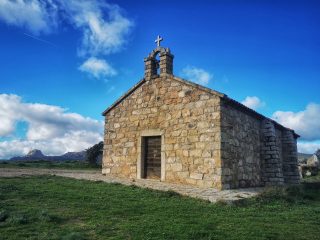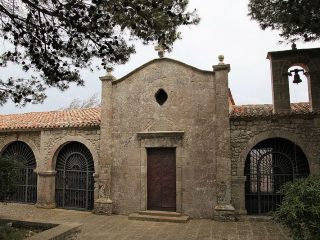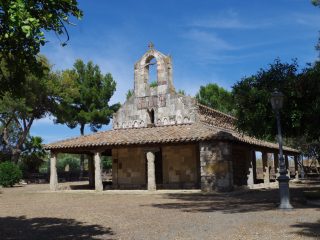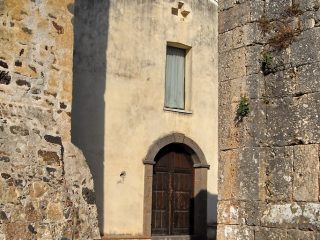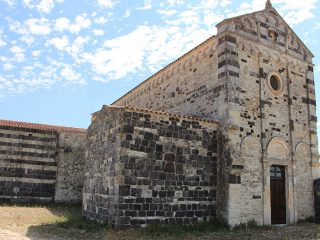The Fava Castle sits in the centre of the town of Posada, perched on a limestone hill, not far from the sea.
The fortification date remains unknown. It was believed to have been built by the Giudici di Gallura in the XII century; Eleonora d’Arborea then declared it her abode, when it fell into her possession. Indeed, the castle was always the subject of controversy between the two Giudicati.
Following the death of Nino Visconti, last king of Gallura, in the XIV century, it fell under the Republic of Pisa. It ended up in the hands of the Aragonese around 1380 and then fell back under the Sardinian alliance with Brancaleone Doria. With the downfall of the Giudicato of Arborea, Posada was entrusted to the Carròz family and became a barony in 1431.
The name “della Fava” (of the Broad bean) appears in a document of the House of Pisa in 1275 and a nautical document from 1311.
Legend has it that in 1300, a fleet of Turks landed on the island’s coast and held Posada under siege, in an attempt to conquer it and starve it of provisions. The inhabitants made a pigeon eat the last of their remaining broad beans and sent it towards the Turks’ encampment who, on seeing its stomach full of food, overestimated the resources of the inhabitants and gave up the siege.
The castle of Posada, in its current state, presents a quadrangular city wall inside which we can find the remains of a square tower over three floors, a crenellated coping and a series of well-preserved cisterns.
Initially, the castle was surrounded by several city walls, with wall walks and protected by merlons. The tower above can be accessed through doors. Only a few remains of this defence system have survived to the current day.




